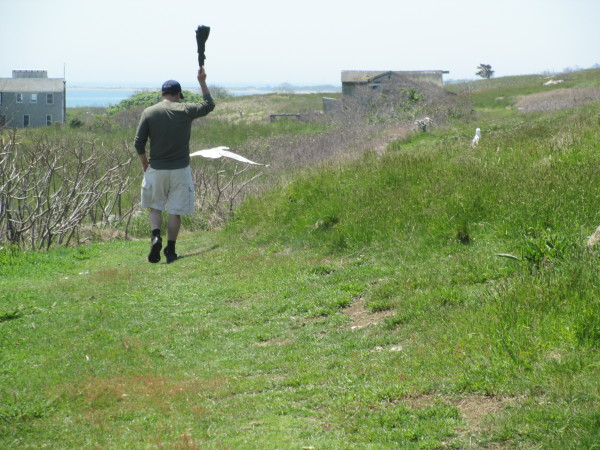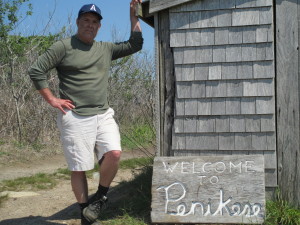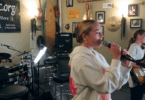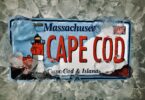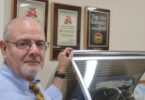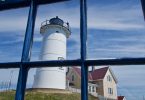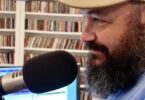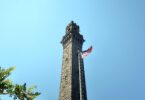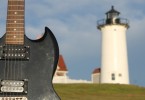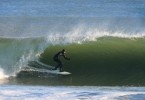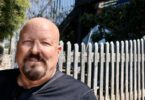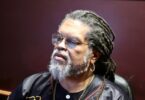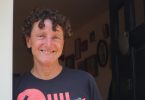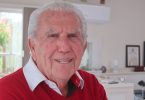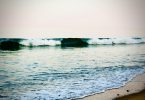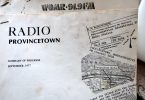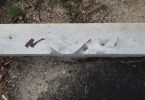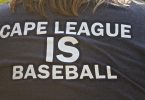PENIKESE ISLAND – The huge black-backed seagulls squawking on Penikese Island do not like to be disrespected. They will fight to kill, as a giant seagull carcass near a walking path made clear. (See story on the school re-opening.)
There are ghosts on the island too. “It’s haunted,” said Ben Heiken, 27, who spent almost two years as a student at the Penikese Island School. From 2002 to 2004, Heiken lived on the isolated island, 12 miles off the coast of Woods Hole. He heard footsteps in the middle of the island, when no one was near. Saw a man sitting on a rock, and then the man was gone. “That place is haunted,” he said again.
On Penikese Island, where troubled boys went for 38 years for a chance at redemption, the birds are mean. Territorial. “Hitchockian,” is how Carl Lovejoy, Director of External Affairs of the Mountain Valley Treatment Center, the sister program of the newly reopening Penikese, described the birds. This, after all, is their neighborhood. The kids coming out here for all these years have understood that concept.
And the ghosts? It would seem that the former residents of the leper colony, closed in 1921, might be the top suspects.

